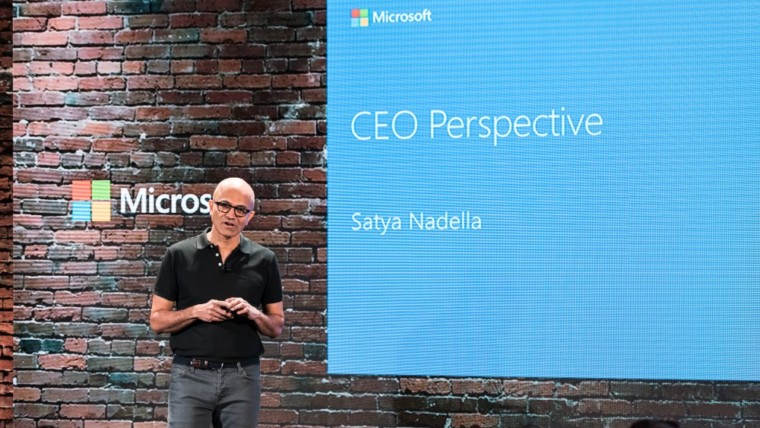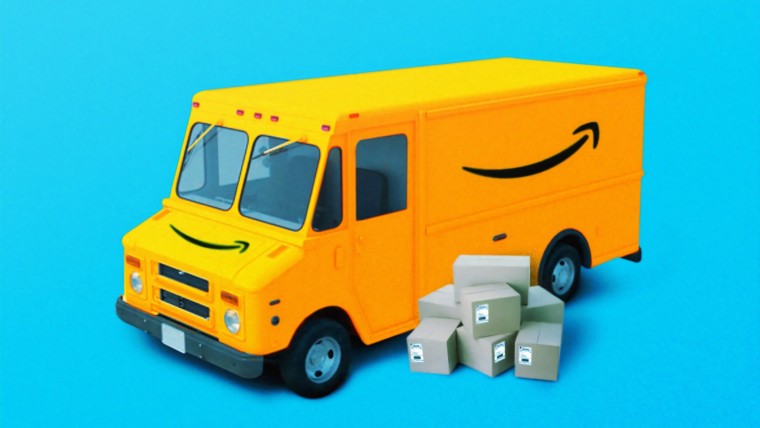
Rumor has it, Apple is moving into electric cars—a surprising move for a company associated with gadgets. But it’s not really surprising if you look at it from the big picture: the smartphone market is reaching a plateau, and Apple investors are concerned about growth, so the company needs to expand to a new technology. In other words, Apple needs to jump to a new S-Curve.
The “S-Curve” is a mathematical model (shown above) that describes the pattern of slow acceptance (A), explosive growth (B), and leveling off (C) that occurs with any given variable. When a new variable comes in to replace the old one, the curve begins again. The pattern has been found to inevitably emerge with the launch of new products, economic trends, population growth, and even the spread of cancer.
Apple was at the bottom of an S-Curve when they launched the first iPhone, but they quickly shot to the middle when the market caught on to smartphone technology. Naturally, this is the most exciting part for teams, when all their hard work and risk-taking pays off. But it’s also a dangerous stage, as teams are tempted to rest on their laurels. Successful companies must continue to invest in new products so they can jump to the next S-Curve before the existing one hits a plateau.
This is also when companies find themselves in the “Dilemma Zone”: the timespan when a new technology or product may seem promising, but it’s unclear how long it will take before the rest of the market catches up. As a result, companies must divide their efforts between support two initiatives. Worse, the new product may cut into the profitability of the company’s existing product. Apple has managed to keep jumping the curve by frequently releasing new versions of the iPhone, but with diminishing improvements with each results, it must find a new S-curve before their growth completely stalls.
Image courtesy of Osmotic Innovation








The Evolutionary Edge
Every Link Ever from Our Newsletter
Why Self-Organizing is So Hard
Welcome to the Era of the Empowered Employee
The Power of “What If?” and “Why Not?”
An Adaptive Approach to the Strategic Planning Process
Why Culture/Market Fit Is More Important than Product/Market Fit
Group Decision Making Model: How to Make Better Decisions as a Team